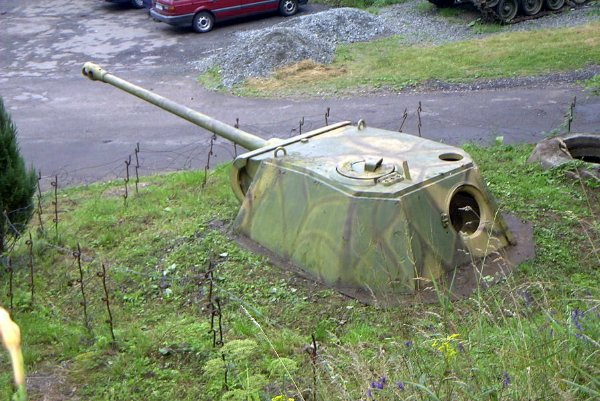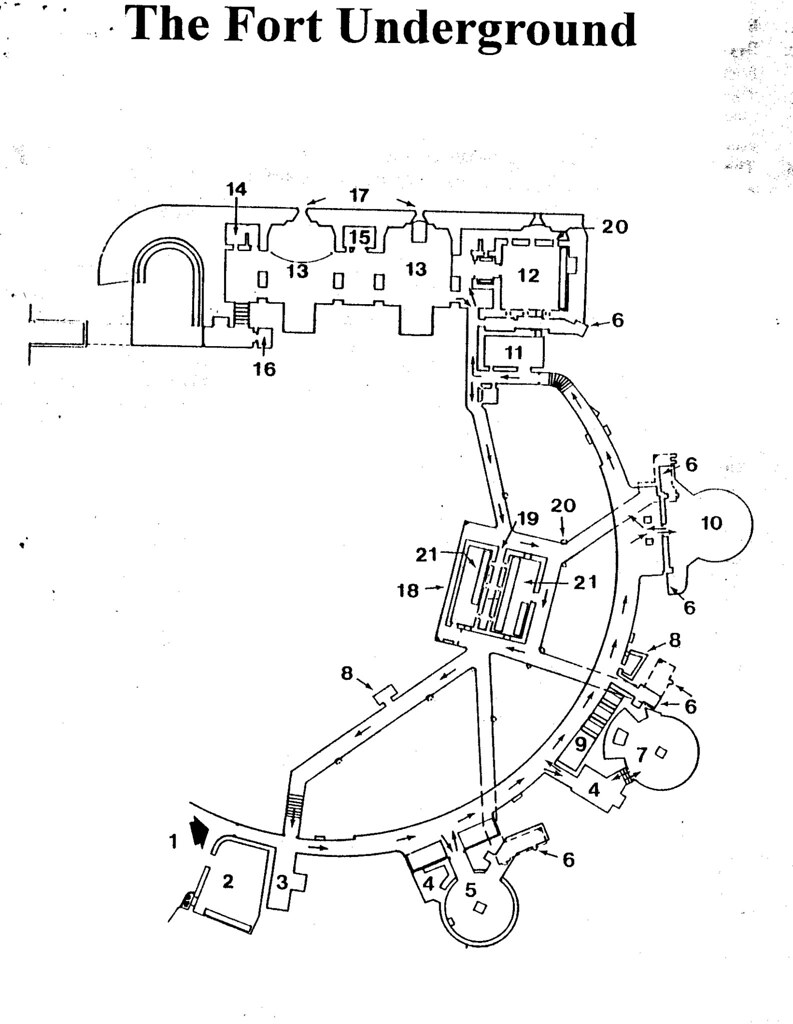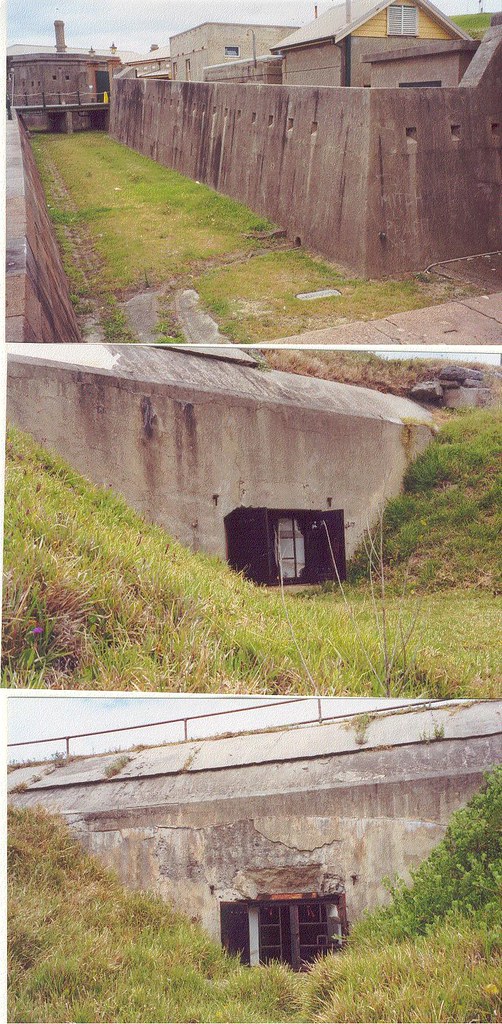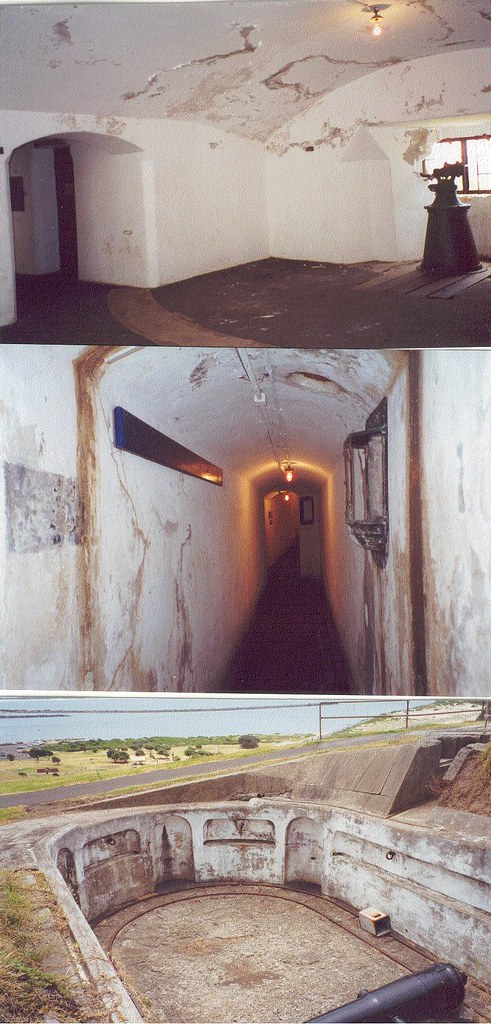One thing to think about when using 44-gal drums in barriers/barricades - have two layers, the rear layer staggered so the drums fill the space between the drums of the first layer.
It's very easy for projectiles to slip between two barrels and the rounded shape even assists some projectiles to find that weak spot.
It's very easy for projectiles to slip between two barrels and the rounded shape even assists some projectiles to find that weak spot.















Comment